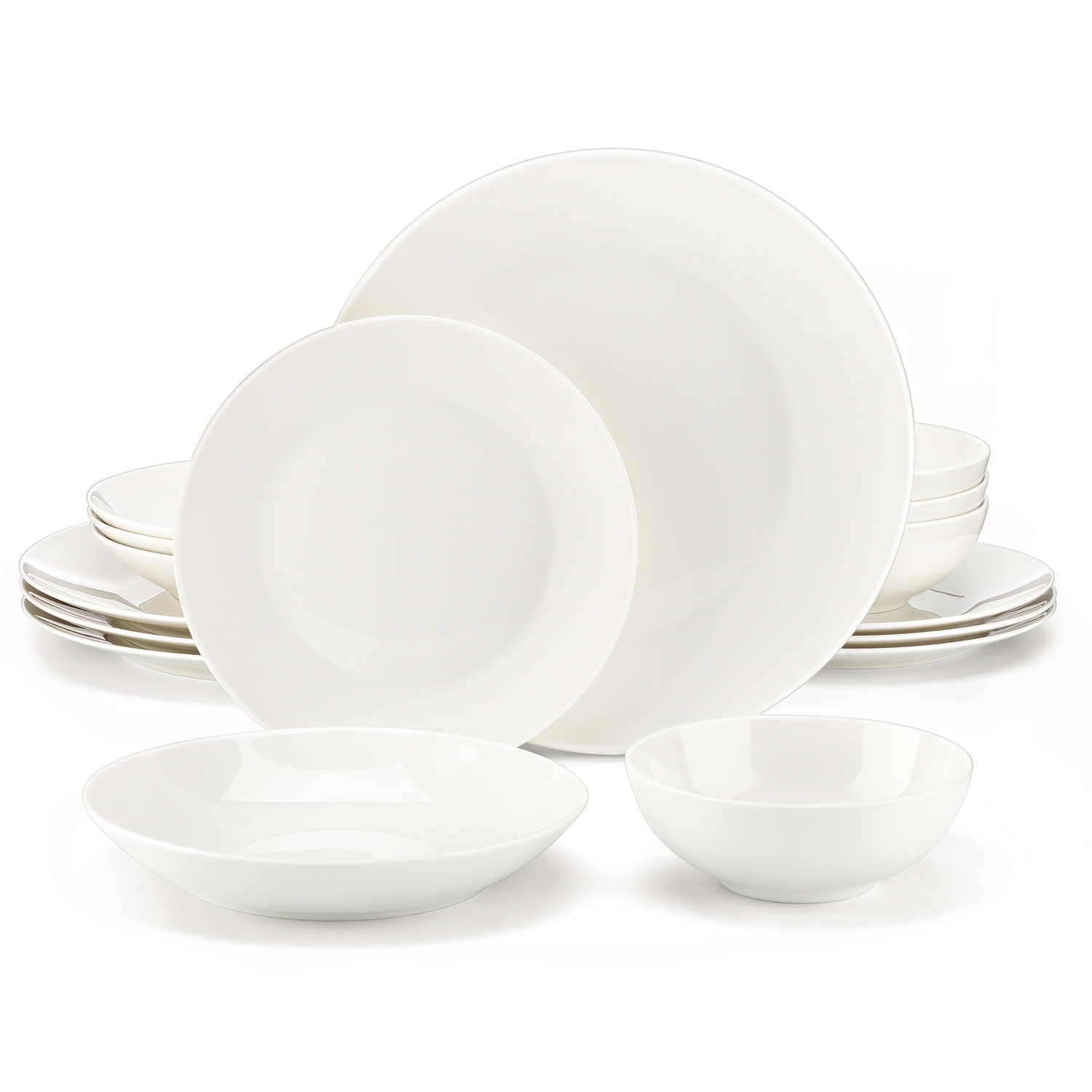Bone china is not just a type of tableware; it is a symbol of elegance and sophistication. This unique ceramic material has a rich history and is renowned for its strength, translucence, and delicate beauty. But what exactly is bone china, and how did it come to be?

What is Bone China?
Bone china is a type of porcelain that is made from a mixture of clay, feldspar, and bone ash. The inclusion of bone ash, which typically comprises about 30% of the composition, gives bone china its distinctive qualities. This material is known for its:
- Translucence: Bone china is often semi-transparent, allowing light to pass through.
- Strength: Despite its delicate appearance, it is remarkably durable.
- Lightweight: Bone china is lighter than traditional porcelain, making it easier to handle.
The History of Bone China
The origins of bone china can be traced back to the late 18th century in England. Josiah Spode, a potter from Staffordshire, is credited with developing the first successful formula for bone china around 1770. His innovative approach combined traditional porcelain techniques with the addition of bone ash, resulting in a new material that quickly gained popularity.
As demand for high-quality tableware grew, many manufacturers began producing bone china, each adding their unique touch. Today, brands like  continue to uphold the craftsmanship and tradition associated with this exquisite material.
continue to uphold the craftsmanship and tradition associated with this exquisite material.
Craftsmanship Behind Bone China
The process of creating bone china is intricate and requires skilled artisans. The steps involved include:
- Preparation of Materials: The raw materials are carefully measured and mixed.
- Shaping: The mixture is shaped into the desired form, often using molds.
- Firing: The shaped pieces are fired in a kiln at high temperatures, which strengthens the material.
- Glazing: A glaze is applied to enhance the appearance and durability.
- Final Firing: A second firing is conducted to set the glaze and complete the process.
Why Choose Bone China?
Choosing bone china for your tableware offers numerous benefits. Not only does it elevate the dining experience with its aesthetic appeal, but it also provides practical advantages. For instance, bone china is:
- Microwave and dishwasher safe, making it convenient for everyday use.
- Resistant to chipping and scratching, ensuring longevity.
- Available in a variety of designs, catering to diverse tastes.
In conclusion, bone china is a remarkable material that combines beauty and functionality. Its rich history and meticulous craftsmanship make it a cherished choice for tableware around the world. Whether you are hosting a formal dinner or enjoying a casual meal, incorporating bone china can enhance the overall experience.








